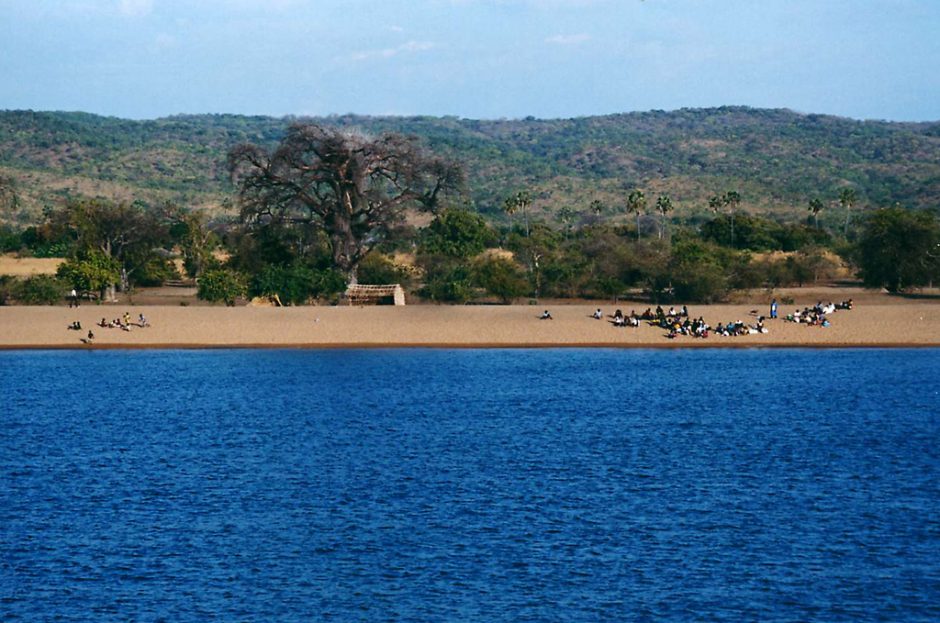Sediment Cores Reveal Secrets Of Lake Malawi Cichlid Diversity

Lake Malawi. (Credit: Moongateclimber / CC BY-SA 3.0)
Sampling sediments is extremely common in lake studies. Cores are often taken in an effort to look at the past, typically with an eye toward changes in climate. For one recently published study led by scientists at Brown University, sediment cores were used not only to gauge past climate but also to see how those shifts affected the biodiversity of cichlid fish.
Using sediment cores harvested from the lake floor, researchers assembled an environmental history of Lake Malawi spanning the past 1.2 million years. The sediment cores contain fossilized aquatic animals and pollen from plants, as well as important mineralogical information.
By looking at changes in the fossil assemblages and mineral indicators in the cores, scientists were able to glean clues about environmental conditions — such as the lake’s water level or salinity — and how they’ve changed over time. The research showed that between 1.2 million and 800,000 years ago, Lake Malawi was consistently shallow and marshy. That all changed at the 800,000 years’ mark.
The lake deepened to near its current depth, nearly 2,300 feet, and its waters became much more sensitive to large climatic fluctuations. The investigators believe this shift was likely driven by a tectonic event that closed off the lake’s river outlet, allowing the basin to fill up. After the tectonic shift, the lake’s environment became much less stable.
Scientists saw that Lake Malawi has alternated between “blue phases” marked by deep, clear water and “green phases” marked by shallow, algae-filled water. The evidence suggests that there were extended blue phases, each lasting around 100,000 years. The alternations began around 800,000 years ago and persisted to near 400,000 years ago. One such blue phase recently started 70,000 years ago and still persists today.
Between those extended blue phases, the lake rapidly alternated between green and blue phases roughly every 20,000 years. The timing of extended phases lines up nicely with information scientists collected on when cichlid species diverged most, around 750,000, 400,000 and 70,000 years ago.
It appears that the blue phases created excellent conditions for cichlid diversification, such as deeper waters and more rocky shoreline habitats that cichlid fish could adapt to. Clearer waters may also have helped spur higher selectivity in mate choice because fish could key on color patterns more easily.
By comparison, the green phases would have provided flat and sandy without rocky environments. The murky waters would have likely limited visual cues in mating, but the green phases may have still been important evolutionarily. Scientists suggest interbreeding during green phases might have given rise to new hybrid traits, which were subject to selection during the blue phases.
Top image: Lake Malawi. (Credit: Moongateclimber / CC BY-SA 3.0)





0 comments